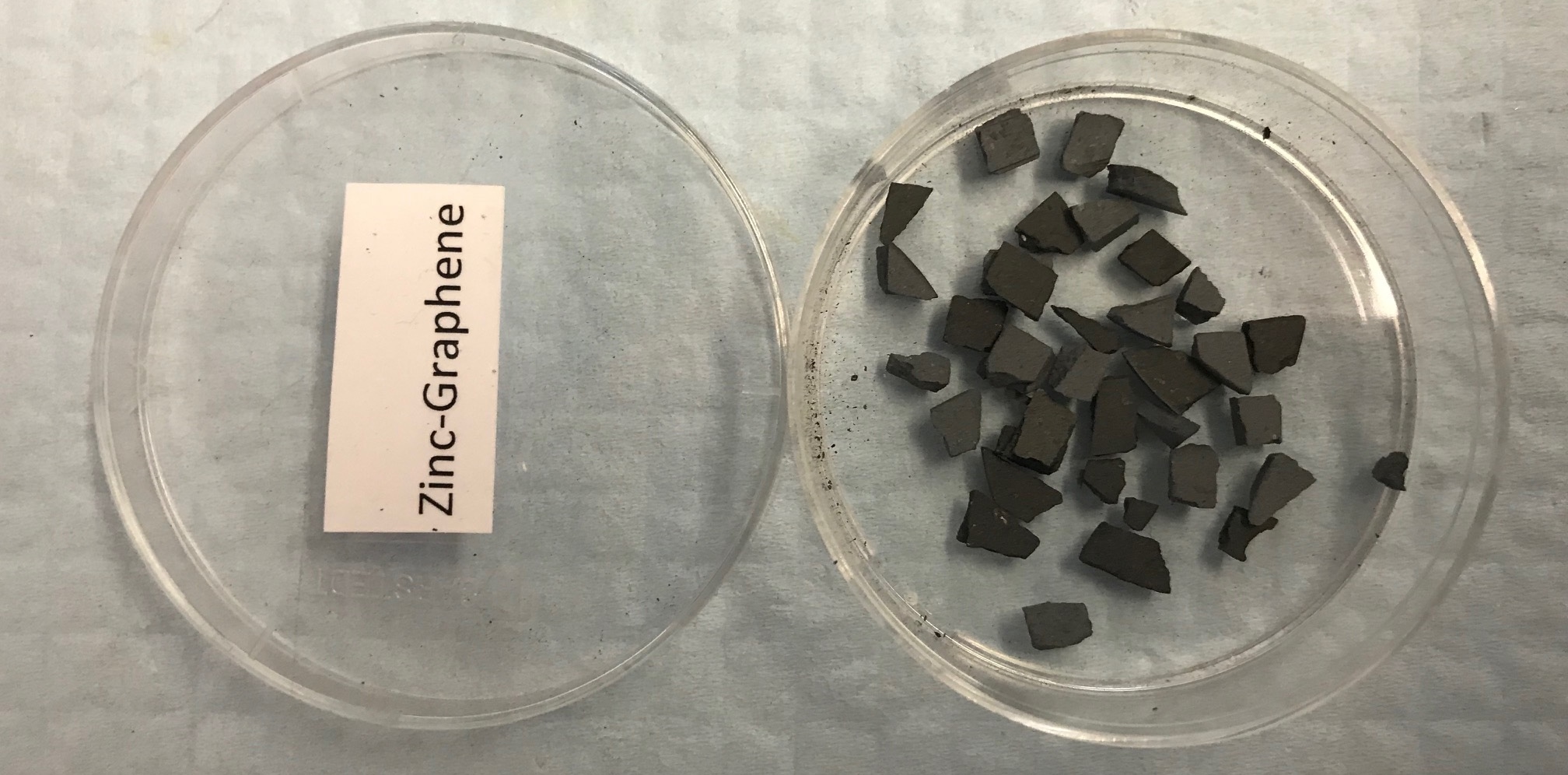Mar 12 2018
Researchers at the University of Adelaide are developing fertilizers with lower environmental impacts and minimized costs for farmers using, for the first time ever, the new, advanced material graphene as a fertilizer carrier. In collaboration with industry, the team has shown effective slow-release fertilizers can be made by loading vital trace elements onto graphene oxide sheets.
 The slow release fertilizer granules with zinc loaded onto graphene oxide sheets. (Image credit: Shervin Kabiri)
The slow release fertilizer granules with zinc loaded onto graphene oxide sheets. (Image credit: Shervin Kabiri)
When graphene is used as a carrier, it allows the fertilizers to be applied in a more targeted manner, with total increased fertilizer efficiency and abundant nutrient uptake by the plants. The graphene-based carriers have thus far been demonstrated with the micronutrients copper and zinc. Research is ongoing with macronutrients such as phosphate and nitrogen.
Fertilisers that show slower, more controlled release and greater efficiency will have reduced impact on the environment and lower costs for farmers over conventional fertilisers, bringing significant potential benefit for both agriculture and the environment.
Our research found that loading copper and zinc micronutrients onto graphene oxide sheets was an effective way to supply micronutrients to plants. It also increased the strength of the fertilizer granules for better transport and spreading ability.
Professor Mike McLaughlin, Head of the University of Adelaide’s Fertiliser Technology Research Centre at the Waite Campus
Professor Dusan Losic, nanotechnology leader in the University’s School of Chemical Engineering and Director of the University’s Australian Research Council (ARC) Research Hub for Graphene Enabled Industry Transformation, says: “Graphene is a novel new material only discovered in 2004 and has incredible properties, including a very high surface area, strength, and adaptability to bind to different nutrients. We started exciting research on a broad range of applications of graphene four years ago – this is the first time graphene has been developed as a carrier for fertilizer nutrients.”
The research, performed by Ph.D. student Shervin Kabiri, has been published in the Applied Materials and Interfaces journal. It is a partnership between the University of Adelaide’s Fertiliser Technology Research Centre and the University’s Australian Research Council Research Hub for Graphene Enabled Industry Transformation.
The Fertiliser Technology Research Centre was started in 2007 in collaboration with The Mosaic Company, the world’s largest combined producer of potash and phosphate, to create and assess more efficient fertilizer products. A new five-year, $8.5 million partnership agreement was struck with The Mosaic Company in 2015. Mosaic has an option to license the new technology and is additionally exploring the use of graphene-based materials in fertilizers.
This decade-long partnership is testament to the University’s strength in this area of research and our success in partnering with industry for research translation that benefits the wider community. Combining plant research with our new Graphene Research Hub is a great example of how the University assembles interdisciplinary teams to deliver innovation solutions for industry.
Professor Mike Brooks, Deputy Vice-Chancellor of Research
Professor McLaughlin says: “It’s still early days but there is no doubt that fertilizers with release rates more tailored to crop demand, and fertilizers with greater physical strength and robustness, will both improve grower efficiency of fertilizer application and efficiency of nutrient uptake.”
“Successful commercialization will depend on cost of graphene/graphene oxide and the ability to scale this process up, and integrate it into the commercial fertilizer production process.”